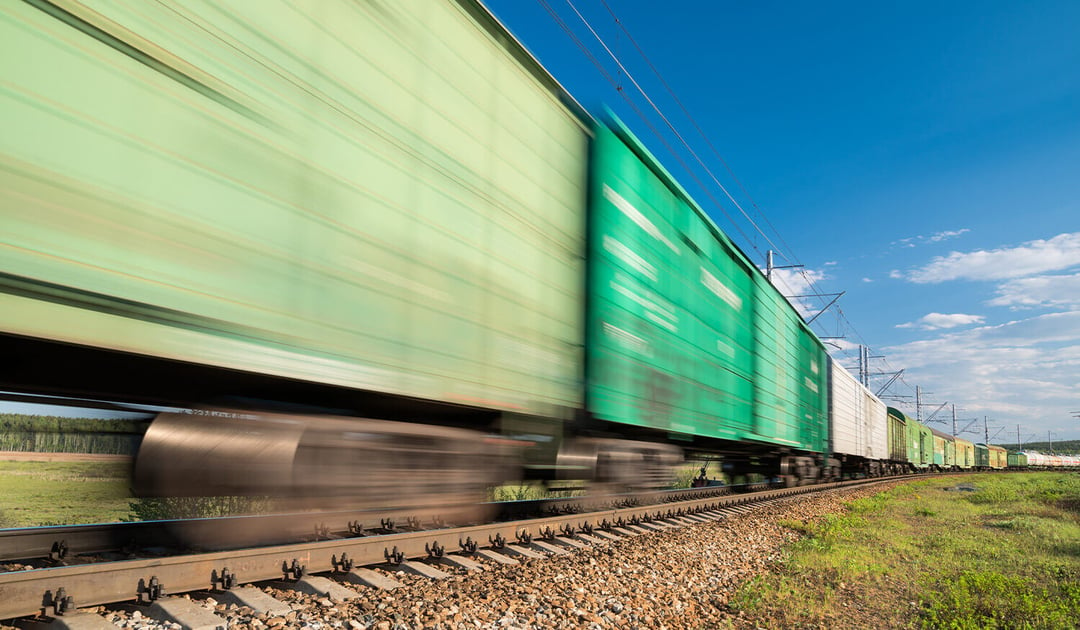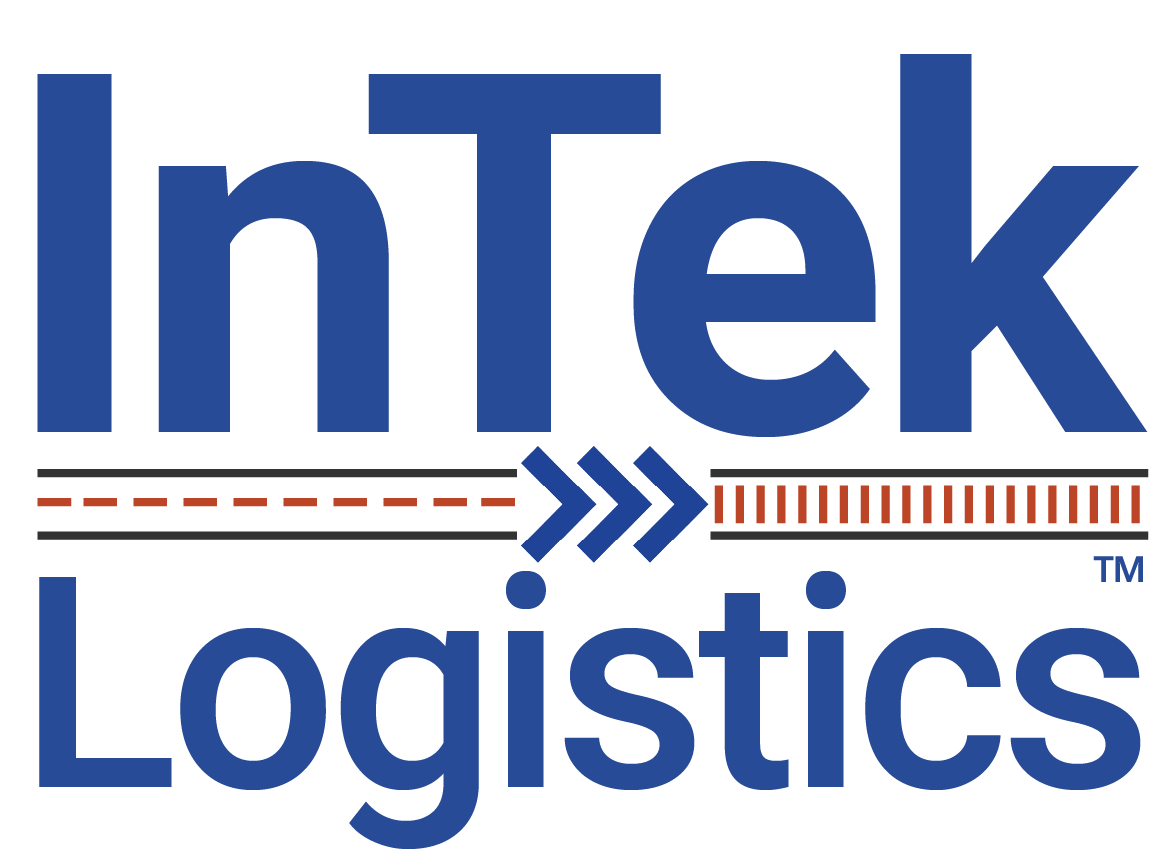
The U.S.-Mexico trade corridor is one of the busiest in the world, facilitating over $800 billion in goods annually. However, frequent border delays create costly disruptions for shippers, trucking companies, and manufacturers, affecting industries such as automotive, electronics, and perishable goods.
Recently, the Mexican Digital Window for Foreign Trade (VUCEM) system outage in February 2025 led to truck delays of up to three days at major crossings. But while technology failures may be temporary, border congestion is a persistent issue, causing extended wait times, security risks, and unpredictable supply chain disruptions.
So, how can shippers ensure a smooth, reliable cross-border transportation process? The answer is intermodal rail, which bypasses border bottlenecks and ensures faster, cost-effective, and more predictable transit times.
In this blog, we’ll break down:
- The main causes of border delays.
- Real-world examples of past disruptions.
- Why intermodal rail is the best solution for U.S.-Mexico freight.
- Other alternatives and how they compare.
Causes of USA - Mexico Border Delays
Let's walk through the variety of issues that cause delay along the US - Mexico borderf ways.
Technology and Infrastructure Issues
VUCEM System Failures
The February 2025 scheduled maintenance on Mexico’s VUCEM platform forced customs officers to process documents manually, delaying shipments by up to three days.
Customs System Outages
Any technical failures in Mexico’s Automated Customs Processing System (SAAI) or U.S. ACE system can create massive truck backlogs.
Aging Border Infrastructure
Many border crossings weren’t built for today’s trade volume, leading to bottlenecks in cities like Laredo, El Paso and Nogales.
Customs Inspections & Security Checks
Contraband and Drug Inspections
U.S. Customs and Border Protection (CBP) conducts random security screenings on trucks, sometimes causing multi-hour hold-ups.
Paperwork Errors
If a bill of lading, commercial invoice, or certificate of origin has errors, a truck can be delayed for hours or even days while documents are corrected.
X-ray Scanning and Physical Inspections
Delays occur when CBP targets shipments for additional screening.
Truck Traffic Congestion & Wait Times
Peak Season Gridlock
During high-demand periods (produce season, automotive shipping surges), truck queues at border crossings can exceed 12+ hours.
Limited Staffing at Border Checkpoints
Fewer CBP officers at night or on weekends slows down processing.
High Freight Volumes at Key Crossings
Laredo, the busiest U.S.-Mexico crossing, sees 10,000+ trucks per day, often leading to bottlenecks.
Tariffs, Trade Policy, & Regulatory Issues
USMCA Compliance Requirements
More rigorous documentation for automotive and manufacturing imports can increase customs processing times.
Sudden Tariff Increases
Unexpected tariffs create supply chain chaos as companies adjust documentation and pricing.
Weather & Natural Disruptions
Hurricanes, Flooding and Extreme Heat
Weather delays impact highway routes to the border, slowing truck arrivals.
Border Closures Due to Natural Disasters
Flooding at Eagle Pass and road closures from hurricanes have shut down crossings in the past.
Real-World Cases of U.S.-Mexico Border Delays
February 2025 VUCEM System Outage
- Issue: Customs software outage forced manual processing.
- Result: Delays of up to 3 days at key crossings like Laredo and Eagle Pass.
- Impact: Automotive and manufacturing industries faced supply chain slowdowns.
- Result: Delays of up to 3 days at key crossings like Laredo and Eagle Pass.
2023 Border Security Crackdowns
- Issue: U.S. Customs increased random truck inspections for contraband.
- Result: Perishable goods like produce and meat were held for days, leading to losses.
Seasonal Produce Shipping Delays
- Issue: Peak-season truckloads of avocados, tomatoes, and berries clogged crossings.
- Result: Temperature-sensitive shipments spoiled due to prolonged waits.
Why Intermodal is the Best Solution for U.S.-Mexico Freight
Intermodal rail offers a better way to move goods across the U.S.-Mexico border, avoiding truck congestion and ensuring faster, more reliable transit times.
Steel-Wheeled Interchange Eliminates Border Delays
How it Works:
- Containers remain on railcars as they move across the border.
- No need for trucks to wait in long customs lines.
- Seamless customs clearance at intermodal hubs like Laredo and Eagle Pass, Texas.
Intermodal vs. Truckload: Key Benefits
Intermodal ensures lower costs, more reliability, and less exposure to cross-border trucking delays.
|
Factor |
Intermodal |
Truckload |
|
Border Crossing Time |
Seamless with steel-wheeled interchange |
Can take 12+ hours |
|
Customs Processing |
Pre-cleared for rail movement |
Manual verification required for each truck |
|
Cost Efficiency |
Lower costs for long-haul lanes |
Higher due to fuel and labor costs |
|
Reliability |
Consistent transit schedules |
Unpredictable due to border delays |
|
Security |
Reduced cargo theft risk |
Higher theft risks in truck stops |
Other Alternatives for U.S.-Mexico Cross-Border Shipping
Nearshoring & Warehousing in Mexico
- Companies are setting up Mexican warehouses to reduce cross-border shipments.
- Reduces truck delays but requires investment in facilities and workforce.
Expedited Air Freight for Urgent Shipments
- Fast but very expensive.
- Best for high-value goods like electronics, automotive parts, and pharmaceuticals.
Short-Sea Shipping from Mexico’s Gulf Ports
- Bypasses land border congestion by using ocean routes to the U.S.
- Slower than rail and limited in availability.
Intermodal as the Best Cross-Border Shipping Solution
- Border delays are a major issue for U.S.-Mexico trade, caused by customs processing, security screenings, and infrastructure limitations.
- Truckload shipments suffer the most, leading to higher costs and supply chain instability.
- Intermodal is the most efficient option with steel-wheeled interchanges that eliminate border congestion, lower costs, and ensure consistent transit times.
- Shippers looking for long-term solutions should consider intermodal for U.S.-Mexico freight.
Want to avoid border delays and streamline your U.S.-Mexico supply chain?
Contact InTek Intermodal today to learn how we can help optimize your logistics.
For more information about InTek, or logistics and supply chain issues in general, check out our Freight Guides.
Get Updates
Featured Articles
Categories
- Freight & Shipping Costs (56)
- Freight Broker (67)
- Freight Forwarder (3)
- Intermodal Transportation (197)
- International & Cross Border Logistics (43)
- Logistics & Supply Chain (438)
- Logistics Service Provider (80)
- LTL (39)
- Managed TMS (50)
- News (42)
- Supply Chain Sustainability (12)
- Transportation Management System (38)
- Truckload (124)
- Warehousing & Distribution (52)



